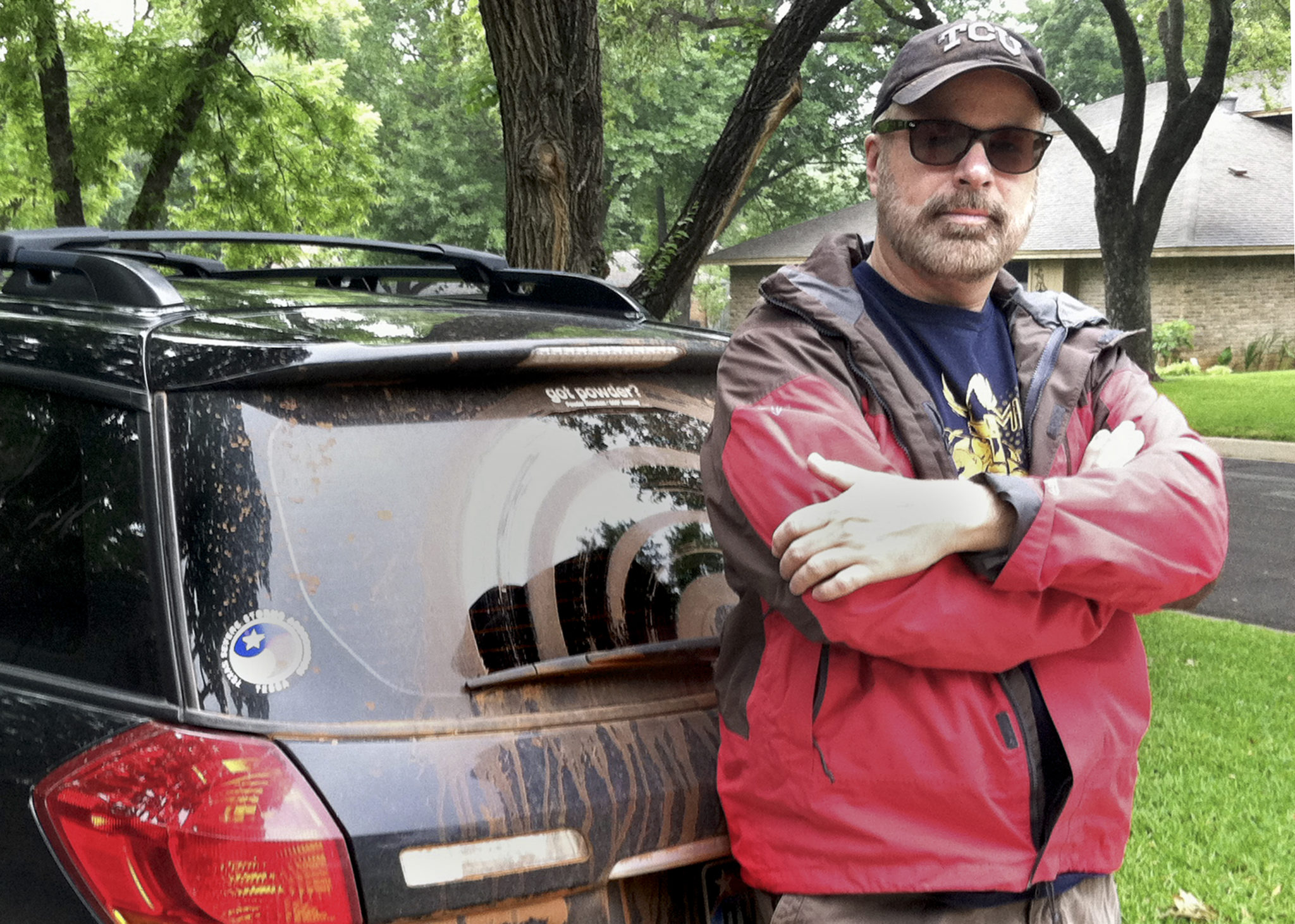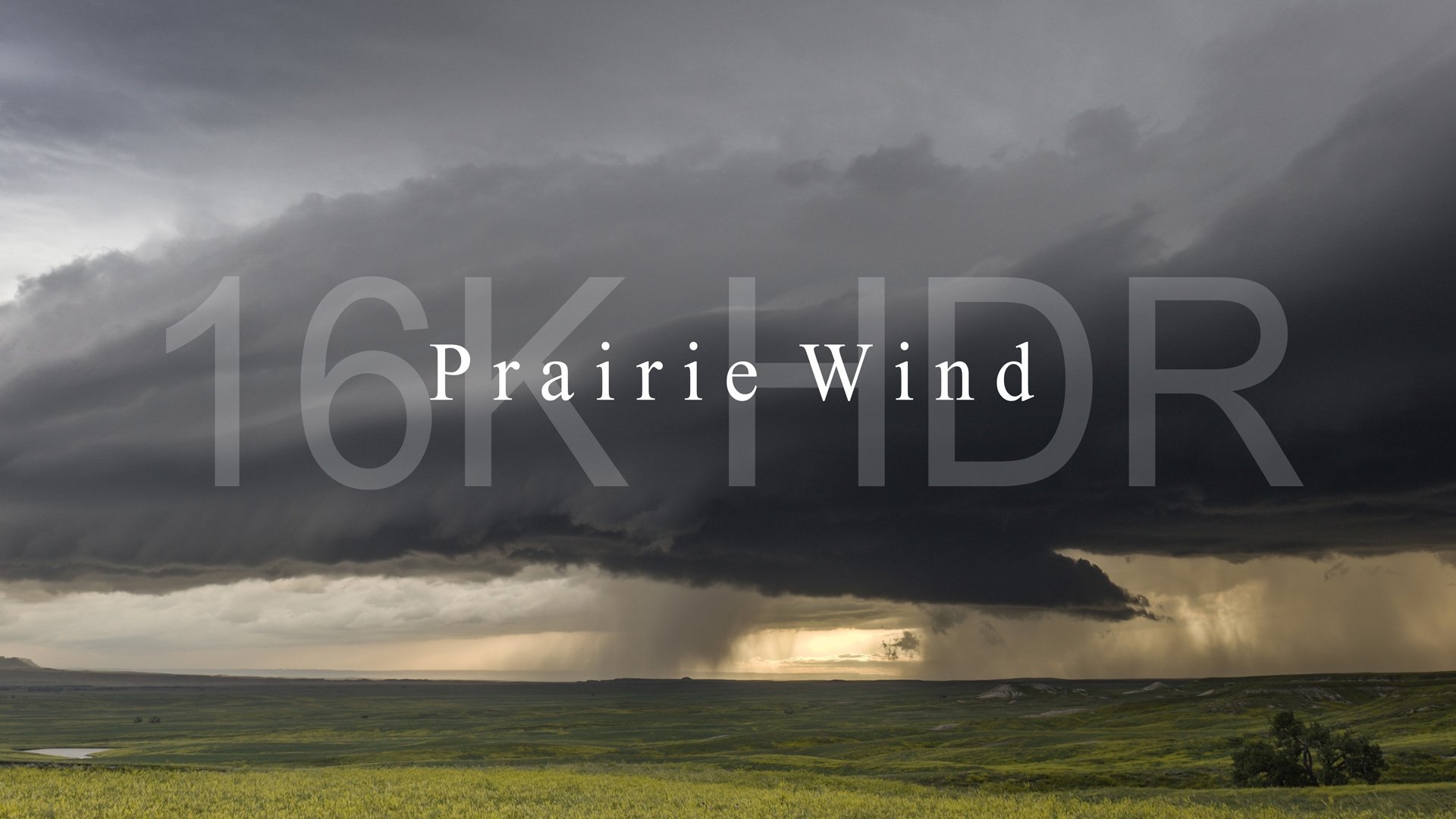
Inspired by the plains of Texas and the big open skies above them, director/DP Martin Lisius founded Prairie Pictures in 1986; a few years later, he started up StormStock, the self-described “world’s largest storm footage library,” licensing extreme weather footage to film and TV producers. Over the years, Lisius has shot footage of an array of intense but often beautiful supercell thunderstorms as well as hurricanes (including Irma, Harvey and Katrina) with everything from Super 35 film to high-resolution digital cameras from Sony and Red, along with the DJI Inspire 2 drone platform.
In 2018, he caught the resolution bug. That’s when he started working to determine the highest possible resolution for capture storm images. It turned out that a 16K camera couldn’t actually be purchased. But he thought he could build one. And that’s what he used to make “Prairie Wind.”
Lisius fashioned a calibrated camera mount that could hold a pair of Canon EOS 5DS cameras shooting in tandem, capturing images at a resolution of 15,985 x 5,792 and an aspect ratio of 2.76:1, which happens to match Ultra Panavision 70. The online was performed at 8K (7,680 x 3,213) in Rec. 2020 color space at a more conventional aspect ratio of 2.39:1. He used only prime lenses — Canon’s 85mm f/1.8 USM lens and Sigma’s 35mm f/1.4 Art lens — but the generous 16K canvas allowed him to simulate camera moves without losing resolution in the finished piece. The work to stitch the images together was painstaking — Lisius said he spent four months shooting 16K in six different Great Plains states, then worked three months processing the clips. “Each shot required two days to stitch, color and render, if there were no alignment issues,” he wrote on a Vimeo posting of the finished piece. “Making this short film taught me Jedi-like patience.”
Watch the video, below, then read on for more detail on the project, or click through to Vimeo for a complete list of gear employed on the shoot.
Some of the 16K footage used in the film can be licensed through StormStock. And if that’s just not good enough for you, you’ll have to consider booking a storm-chasing expedition with Lisius’ team at Tempest Tours.
Martin Lisius on “Prairie Wind”


The custom 16K camera rig on location.
Prairie Pictures



Martin Lisius shoots 16K in central Texas
Prairie Pictures
Crafts: Shooting
Sections: Creativity
Topics: Project/Case study Canon eos 5ds martin lisius prairie pictures stormstock time lapse
Did you enjoy this article? Sign up to receive the StudioDaily Fix eletter containing the latest stories, including news, videos, interviews, reviews and more.









